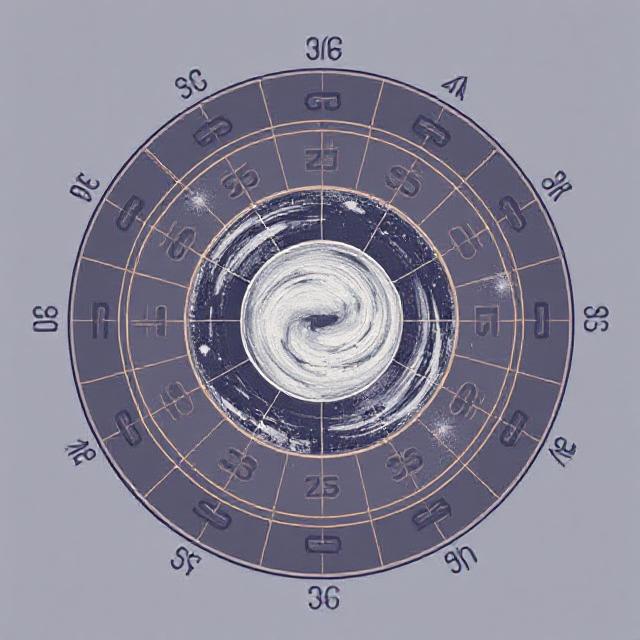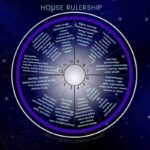Mysterious Recurring Space Radio Signal Puzzles Scientists


Unraveling the Mysteries of a Unique Neutron Star Radio Transient
When our gaze turns to the heavens through radio telescopes, we occasionally encounter enigmatic bursts of radio waves cascading from the depths of the universe. These phenomena, known as “radio transients,” present a diverse array of behaviors, from single, fleeting outbursts to rhythmic, predictable flickers akin to cosmic beacons.
Cosmic Lighthouses: The Role of Pulsars
The majority of these radio transients are thought to originate from pulsars, which are rapidly spinning neutron stars. These celestial bodies rotate at dizzying speeds, emitting periodic flashes of radio waves similar to the beams of a lighthouse. Yet, a recent discovery has captured the attention of astronomers worldwide—a radio transient unlike anything previously recorded.
A Revolutionary Discovery
Introducing ASKAP J1935+2148, a celestial enigma discovered with the CSIRO’s ASKAP radio telescope nestled in the remote landscapes of Wajarri Yamaji Country, Western Australia. This particular radio transient challenges our understanding, boasting an unprecedented cycle lasting nearly an hour—the longest ever observed. Over time, researchers have documented its peculiar behavior, ranging from bright, lingering flashes to fleeting, faint pulses, and occasionally, complete silence.
What makes this discovery even more intriguing is the inability to neatly categorize it. While it might be an unconventional neutron star, other possibilities cannot be dismissed. The detailed findings of this research have been published in the esteemed journal, Nature Astronomy.
The Mechanics Behind ASKAP J1935+2148
The ASKAP telescope, with its expansive field of view, excels at sweeping vast regions of space, efficiently detecting novel and exotic cosmic events. During simultaneous observations of gamma ray sources and fast radio bursts, ASKAP J1935+2148’s unique, circularly polarized radio waves stood out prominently, altering our understanding of such phenomena.
Further investigations over several months with both ASKAP and the MeerKAT radio telescope in South Africa have shed light on the nature of this radio transient. Categorized as a long-period radio transient, ASKAP J1935+2148’s cycle of 53.8 minutes remains unparalleled.
Unraveling the Complexity of Radio Modes
ASKAP J1935+2148 has been observed in three distinct modes. Initially, it exhibits bright, linearly polarized pulses lasting from 10 to 50 seconds. In contrast, the second mode showcases weaker, circularly polarized pulses that flash for approximately 370 milliseconds. Lastly, the third mode is characterized by an eerie silence, with no detectable pulses.
These variations may stem from intricate interactions involving magnetic fields and plasma flows within the source and its surrounding space. Although similar patterns have been noted in neutron stars, the extended period of ASKAP J1935+2148 challenges existing theoretical models.
The Quest for Answers: Neutron Stars and White Dwarfs
The origin of such a prolonged cycle remains a captivating mystery, with current hypotheses pointing towards a slowly rotating neutron star. However, the possibility of a white dwarf, a stellar remnant the size of Earth, cannot be entirely excluded. Despite their typically slow rotations, no known mechanisms could account for the radio signals observed, making the neutron star hypothesis more compelling.
One theory suggests this object could be part of a binary system, orbiting another unseen star. Whether a neutron star or white dwarf, this discovery may revolutionize our understanding of these celestial entities, particularly in how they generate radio waves and their prevalence within our galaxy.
A New Chapter in Cosmic Exploration


The duration for which ASKAP J1935+2148 has been transmitting these signals remains unknown, as traditional radio surveys rarely target objects with such extended periods. Given that its emissions are detectable for merely 0.01% to 1.5% of its rotation, the discovery of ASKAP J1935+2148 is a stroke of serendipity. There are likely numerous similar objects yet to be uncovered within our galaxy.
As we continue to explore the universe, the story of ASKAP J1935+2148 serves as a reminder of the infinite mysteries awaiting discovery among the stars.
This article was originally published on The Conversation and is shared here under a Creative Commons license.









